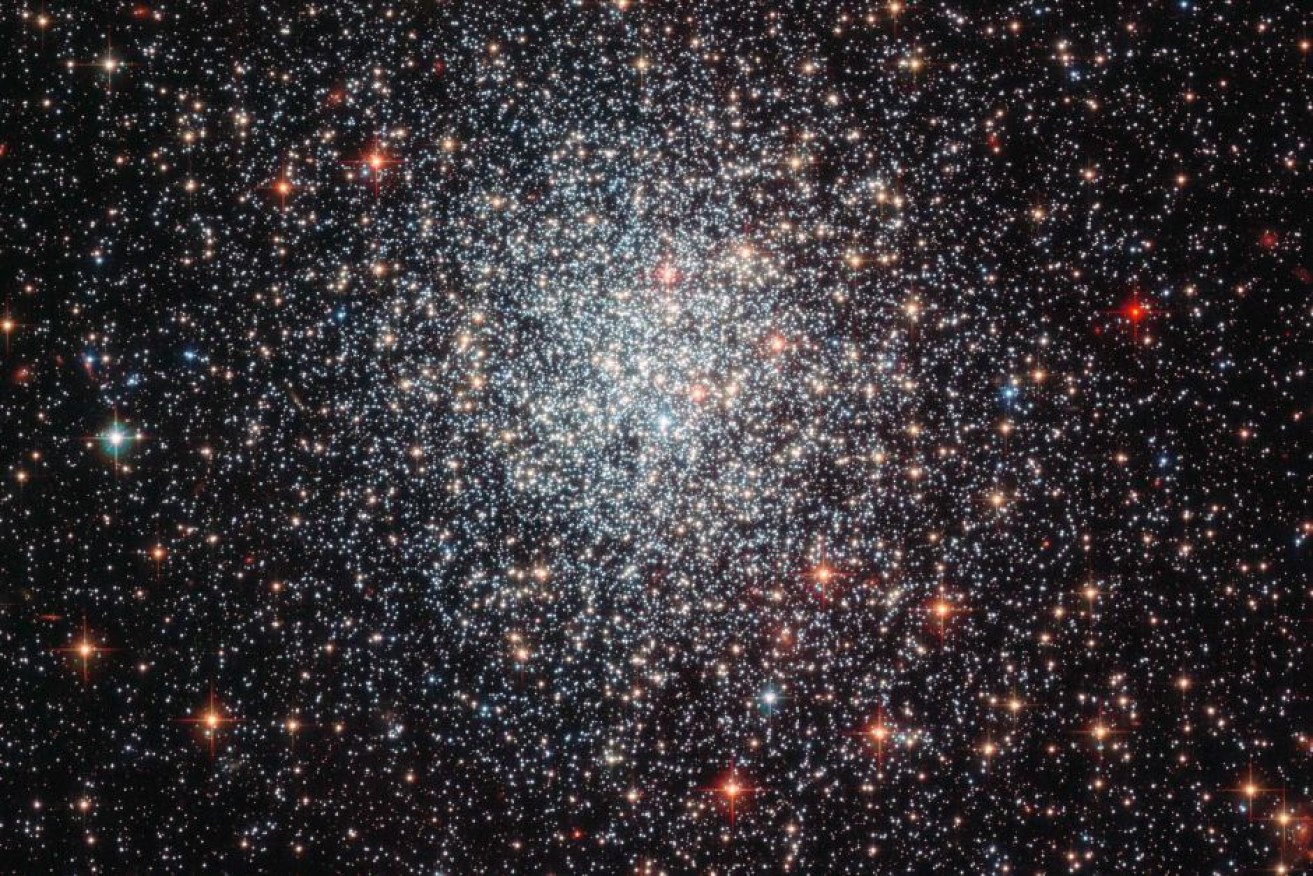Astronomers plan for new telescope in Antarctica

Professor Ireland says Antarctica is the perfect place to look into space without light pollution getting in the way. Photo: NASA/ESA/Hubble
Astronomers in Hobart are hopeful that a new telescope will be built in Antarctica which will give them images free from light pollution as they study the history of the universe.
Associate Professor Michael Ireland, an astronomer from the Australian National University, said Antarctica’s cold temperatures make it ideal for star gazing.
He said the proposed K-dust telescope would be infrared – giving scientists the ability to study wave lengths of light that have expanded since the Big Bang.
“Infrared telescopes … can see wavelengths that are more red than red,” he said.
He said the telescope would most likely be built by the Chinese, with help from Australia.
“There’s already a couple of telescopes there at the very top on the Chinese site called Dome A, or Kunlun Observatory,” he said.
“Australians are already collaborating on the telescopes at that site and will be collaborating on a new telescope to be installed there in the next couple of years.
“These are only about half-metre telescopes, which are still very useful, but the big future is thinking what happens with a two- to three-metre class telescope – the same size as Hubble.”

Antarctica’s cold temperatures make it ideal for star gazing. Photo: Getty
Ability to see galaxies hidden by dust
Antarctica’s chilly temperatures means that the telescope would give off less heat radiation, making Dome A an ideal location for it’s construction.
“What usually happens is that the infrared radiation given off by the telescope structures creates a background, which means it’s harder to see the cool objects in the universe,” he said.
By using the cold environment to his advantage, Professor Ireland expects to find the formation of stars and galaxies that have been hidden by dust.
“What I’m most interested in is joining multiple telescopes together to watch the formation of planets and see the youngest planets in their baby solar systems,” he said.
“This is a topic that is very difficult to do away from Antarctica, because we need bigger telescopes because there is too much heat radiation from the telescope itself.
“And it’s seeing the process of star and planet formation at the fine detail, not just a fuzzy blob, but actually watching individual planets form and orbit their host stars.”
He said the infrared telescope would cost up to $300 million and may be ready by 2020.
Professor Ireland met with 75 Antarctic scientists in Hobart at the Antarctic Frontier conference to discuss how technology is changing their research.
-ABC








